Plastic tax – The APR Design® for Plastics Recyclability Program, formerly known as Meets Preferred Guidance (MPG), is undergoing a notable expansion, introducing six additional packaging components 16-12-2023
“Plastic that makes the difference”
Plastic tax
The German government is reportedly in the process of devising a plastic packaging tax, as disclosed by sources in German media
Steffen Hebestreit, a government spokesperson, has confirmed that the federal administration aims to levy charges on companies responsible for introducing plastic into the market. The anticipated consequence is that these companies will likely transfer the incurred costs to consumers. This initiative mirrors the EU’s plastic levy implemented in 2021, wherein 80 Euro cents per kilogram of non-recyclable packaging waste are charged. Presently, the German government, alongside several other EU counterparts, covers the 1.4 billion Euro levy from the state treasury. Plastic tax
Since the commencement of 2023, manufacturers and importers of plastic in Spain have been subjected to a charge of 45 Euro cents per kilogram of plastic. Meanwhile, Italy is set to implement a tax on single-use packaging starting in 2024. According to reports from Germany, the projected impact on the average consumer would amount to an annual payment of €30 for the plastic tax. This move aligns with broader European efforts to address environmental concerns and promote sustainable practices in packaging and waste management.
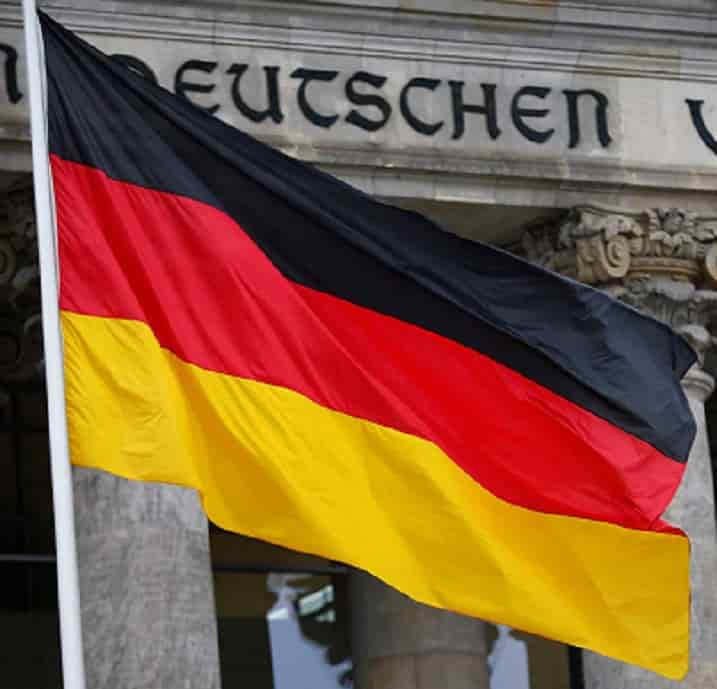
Werner & Mertz in cooperation with Alpla has increased the share of rPET from the Yellow Bag to 75% in their bottles
Werner & Mertz, in collaboration with Alpla, has significantly elevated the proportion of recycled PET (rPET) sourced from the Yellow Bag to 75% in their PET bottles. This accomplishment is part of Germany’s innovative dual-system plastic packaging collection, a pioneering initiative for the circular economy. The system serves as an optimal reservoir for the creation of new packaging through resource-efficient mechanical recycling, aligning with the principles of a climate-friendly circular economy.
The partnership between Werner & Mertz and Alpla within the Recyclate Initiative has yielded success in establishing a genuine circular economy. The Frosch PET bottles, manufactured by the German cleaning products company, now boast a composition of 75% rPET from the Yellow Bag, with the remaining 25% sourced from European deposit bottle collections, all subject to mechanical recycling. Recycled PET
This achievement was facilitated by cutting-edge sorting facilities and insights gained from continuous monitoring of delivered PET bales in the recycling plant. Alpla’s advancements in sorting efficiency through software and computer technology have played a crucial role in enhancing the precision and speed of sorting.
It is crucial to note the origin of plastic packaging, as demonstrated by the success of recycling plastic from the Yellow Bag. The study by ETH Zürich emphasizes that the combustion of fossil carbon for plastics production far exceeds the carbon contained as feedstock in plastics. This revelation underscores the environmental significance of mechanical recycling over incineration, which not only reduces plastic waste but also minimizes greenhouse gas emissions associated with plastic production. The commitment to using recycled plastic from reliable sources contributes significantly to a more sustainable and climate-friendly circular economy. C
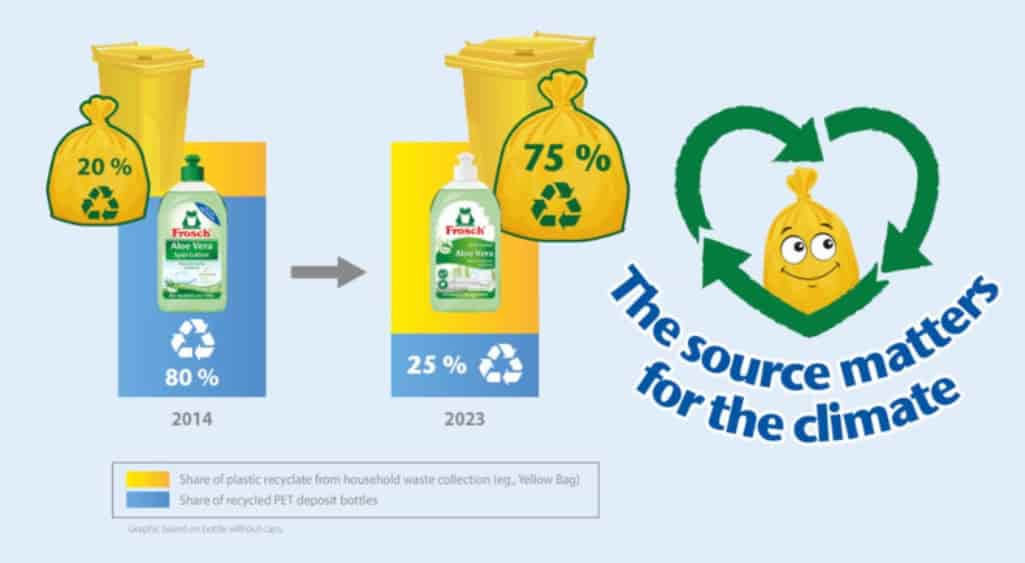
North American PET recycling rate drops to 37.8% in 2022: NAPCOR
In its 2022 PET Recycling Report, the National Association for PET Container Resources (NAPCOR), representing the PET industry in the US, Canada, and Mexico, disclosed a dip in the North American PET recycling rate to 37.8%, down from 38.4% in 2021. Notably, the US experienced a decrease from 30.3% to 29% during the same period. Despite this, the report highlighted a milestone as the market consumption of recycled PET (rPET) bottles surpassed 50% in the US and Canada. Plastic tax
Moreover, the report indicated a 15% rise in recycled content usage in US bottles. NAPCOR projected a substantial increase in PET collection—1.75 billion pounds, an 85% boost compared to 2022—to meet the target of 25% rPET content in all bottles by 2025, with a subsequent goal of reaching 50% by 2030.
To address this challenge, the association urged the implementation of new policies and enhancements in recycling infrastructure to meet the escalating demand for post-consumer recycled content in North American markets. NAPCOR’s executive director, Laura Stewart, emphasized the imperative need for collaborative efforts among manufacturers, consumers, and packagers to effect significant changes for achieving full circularity in the PET industry. Plastic tax
The report also underscored an 88% increase in the use of recyclate from post-consumer PET thermoforms in 2022, with an average post-consumer rPET content of 12%.
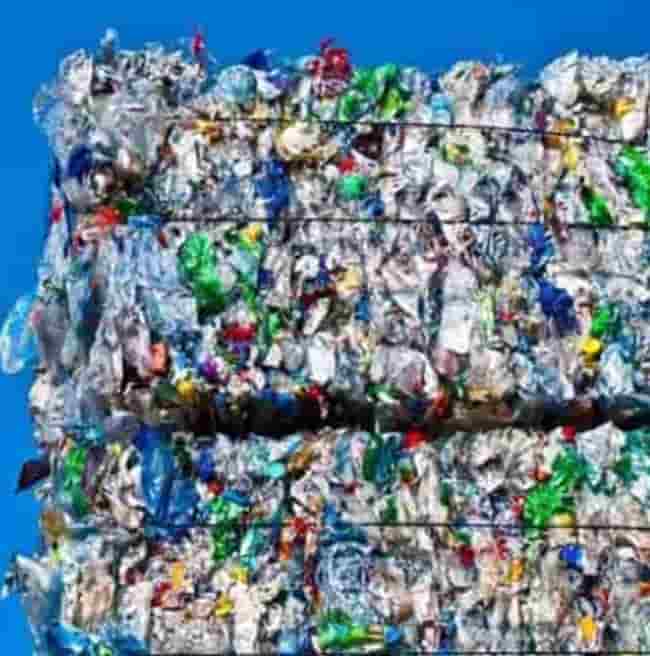
Sulzer launches new biodegradable polymer for bioplastics
Sulzer, the Swiss technology giant, is broadening its bioplastics repertoire with the introduction of CAPSUL™, a cutting-edge licensed technology designed for the continuous manufacturing of polycaprolactone (PCL). PCL, a biodegradable polyester widely utilized in packaging, textiles, agriculture, and horticulture, is at the forefront of Sulzer’s sustainable plastic solutions.
CAPSUL™ stands out for its seamless end-to-end process, ensuring optimal performance in producing high-quality PCL grades at competitive rates.
This addition to Sulzer’s suite of renewable and circular plastic technologies, which includes polylactic acid (PLA) process technology, consolidates the company’s commitment to environmental responsibility. Plastic tax
The CAPSUL™ PCL technology, developed by Sulzer Chemtech, integrates purification and polymerization steps into a fully streamlined, highly efficient, and continuous process.
This innovative biopolymer technology is versatile, adapting seamlessly to a wide range of industrial scales, and is poised to accelerate the adoption of biodegradable and compostable PCL. Key applications for premium PCL grades include consumer packaging, 3D printing, footwear, agricultural films, textiles, and medical devices.
Uwe Boltersdorf, President of the Chemtech Division at Sulzer, expressed enthusiasm about the role of PCL in curbing plastic waste, stating, “We are thrilled to facilitate the large-scale production of PCL from both conventional and renewable resources.
This aligns with our ongoing support for industry stakeholders in their journey towards sustainability.” Plastic tax
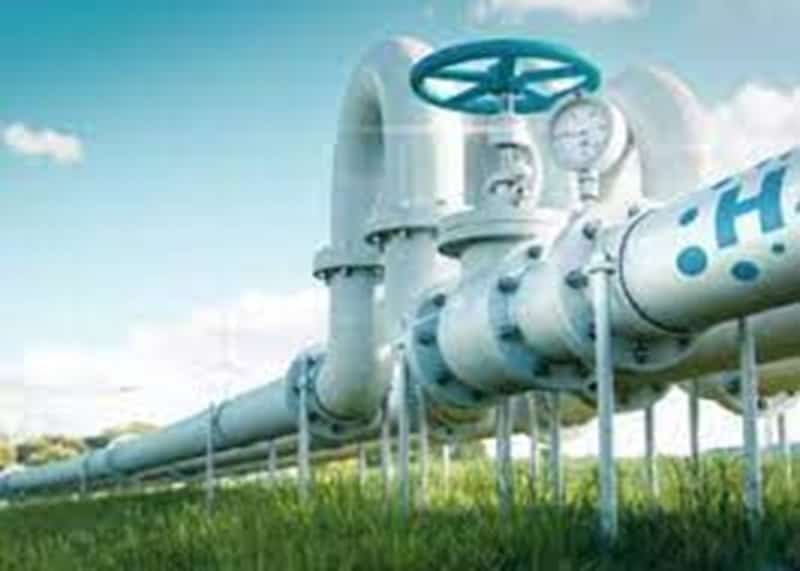
Tesla: ok to build the largest Gigafactory in the world
Tesla has secured the necessary permits to initiate the construction of its colossal Gigafactory in Mexico, as confirmed by documents obtained by the Milenio news agency from local and federal authorities. The Secretariat for the Environment and Natural Resources (SEMARNAT) has announced that all required documents for final authorization from the Mexican federal government are ready, signaling a swift realization of the Gigafactory.
With the recent acquisition of the designated land by Tesla, the project appears to be progressing in the right direction. The actual commencement of construction, however, remains uncertain, though local media speculates that it could kick off within the next few weeks. Plastic tax
Simultaneously, the state of Nuevo Leon is actively developing an industrial district to support the Gigafactory. Investments exceeding $130 million are earmarked for infrastructure, including roads, to facilitate Tesla’s operations in the region. Mayor Jesus Nava of Santa Catarina hopes for construction to commence by the first half of 2024.
In a departure from his usual approach, Elon Musk has expressed a desire for caution regarding the Mexican factory. While groundwork is being laid, he stated, “we want to get a good idea of what the global economy is like before we go full speed.”
The Gigafactory, announced in March as the world’s largest electric vehicle plant, is anticipated to require an investment of approximately 5 billion euros and will produce models based on Tesla’s next-generation platform, supporting both the Model 2 and the company’s robotaxi. Plastic tax
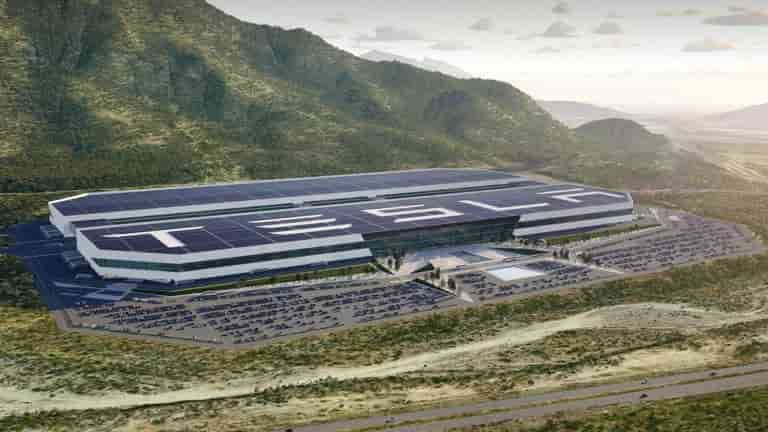
The APR Design® for Plastics Recyclability Program, formerly known as Meets Preferred Guidance (MPG), is undergoing a notable expansion, introducing six additional packaging components
This initiative, a cornerstone for third-party validation, assures adherence to North American recycling system standards and attaining the esteemed Preferred status. The forthcoming program expansions include PET and Colored HDPE containers, packaging constructions, Natural HDPE packaging, and PE films.
With an impressive two-decade track record, APR Design® Recognition has meticulously assessed packaging from over 120 companies, fostering widespread adoption of impactful innovations. This has significantly improved the recyclability of plastic packaging and contributed to reducing plastic waste. Ruben Nance, APR’s Preferred Design Recognition Program Director, emphasizes the positive implications of the program’s expansion, noting it will save time, effort, and resources for brands and retailers in identifying recyclable packaging solutions. Plastic tax
The APR Design® Recognition program encompasses three distinct paths: Preferred Design, Critical Guidance, and Responsible Innovation. Despite differing approaches, all paths lead to the same recognition level, affirming a product’s adherence to the highest criteria for recyclability. This framework not only acknowledges but rewards component and packaging manufacturers, serving as a catalyst for addressing recycling challenges.
A notable aspect of the program is its contribution to enhancing high-quality Post-Consumer Recycled Content (PCR) in the market.
By setting stringent standards and recognizing products meeting these criteria, the program actively promotes the use of recycled materials in packaging, fostering a more sustainable and circular approach. Plastic tax
The program’s expansion, incorporating PET and Colored HDPE containers, packaging constructions, Natural HDPE packaging, and PE films, reflects a proactive response to the evolving landscape of sustainable packaging.
This underscores APR’s commitment to staying abreast of industry developments and addressing emerging challenges associated with various plastic materials.
Ruben Nance’s emphasis on saving time, effort, and resources for brands and retailers aligns with the broader industry shift towards sustainability.
By providing a standardized recognition system, APR’s program streamlines the identification of recyclable packaging solutions, facilitating decision-making for businesses and aligning with sustainability goals. Plastic tax
The program’s acknowledgment of Responsible Innovation is noteworthy, incentivizing companies to explore new avenues for sustainable packaging beyond standard recyclability. This forward-thinking approach positions APR as a driver of positive change within the industry, encouraging continuous improvement and innovation.
In conclusion, the APR Design® Recognition program’s expansion marks a significant milestone in the journey towards more sustainable plastic packaging. With its multifaceted approach and anticipation of further expansions, APR demonstrates its commitment to driving positive change and guiding the industry towards sustainable practices. Initiatives like APR’s play a pivotal role in navigating the complexities of sustainable packaging, incentivizing positive practices within the industry. Plastic tax
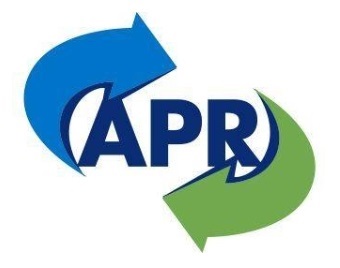
Minnesota Welcomes State-of-the-Art Flexible Film Recycling Facility
Myplas USA, a global subsidiary of MRI Investments and the proud owner of Myplas Pty Ltd, a renowned recycling business based in South Africa, has recently inaugurated a cutting-edge 170,000-square-foot flexible film recycling facility in Rogers, Minnesota.
This facility is dedicated to the recycling of various materials, including pallet wrap, shrink wrap, single-use shopping bags, and select food packaging.
Andrew Pieterse, CEO of Myplas USA, expressed his enthusiasm on this momentous occasion, stating, “This marks a significant milestone for Myplas as we establish our U.S. headquarters and unveil our inaugural U.S. recycling facility in Minnesota. The realization of this vision has been an extraordinary journey, and we take pride in contributing our expertise to this groundbreaking initiative. The unwavering commitment of our partners has played a pivotal role in bringing us to this juncture, and we eagerly anticipate the promising future that awaits us.” Plastic tax
Upon reaching maximum operational capacity, the facility is poised to recycle nearly 90 million pounds of plastic waste annually, providing employment opportunities for close to 200 individuals.
Despite the annual consumption of 12 to 15 billion pounds of flexible packaging and films in the United States, a mere 5 percent is estimated to be recycled.
The establishment of this facility was made possible through a $13 million equity investment, with additional financial backing from prominent entities such as Closed Loop Partners, the Alliance to End Plastic Waste, and the Minnesota Department of Employment and Economic Development. Plastic tax
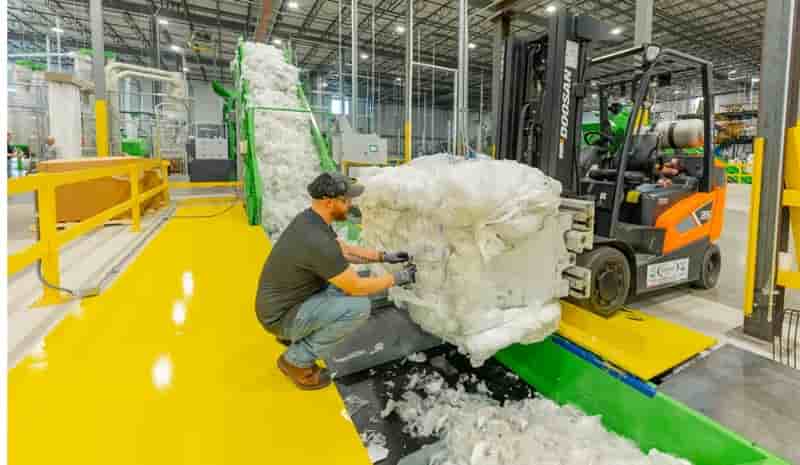
Plastic tax

